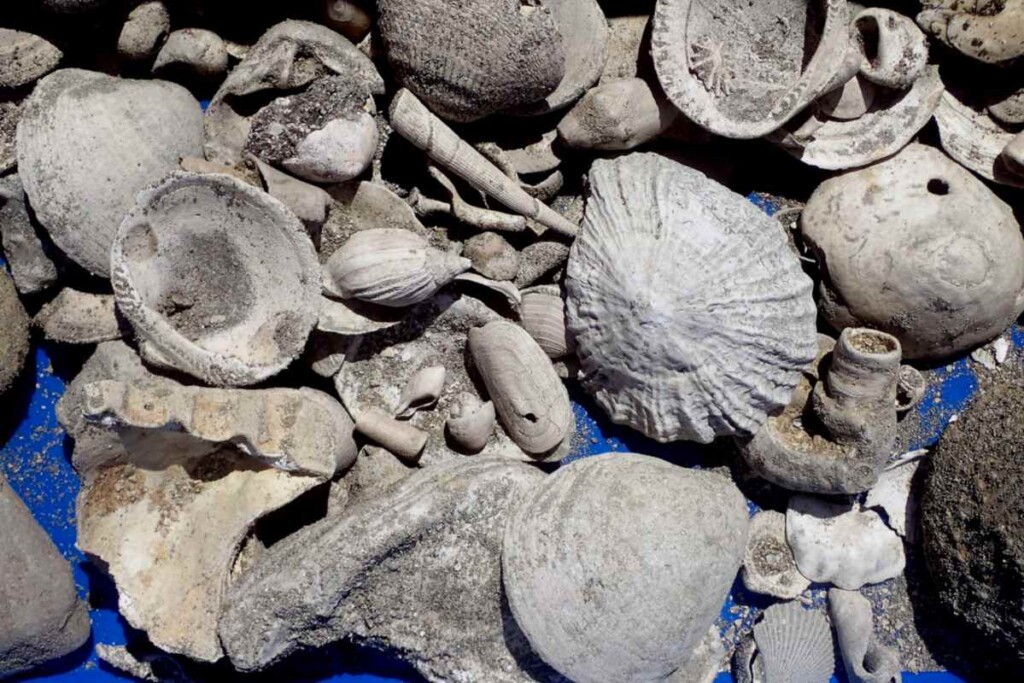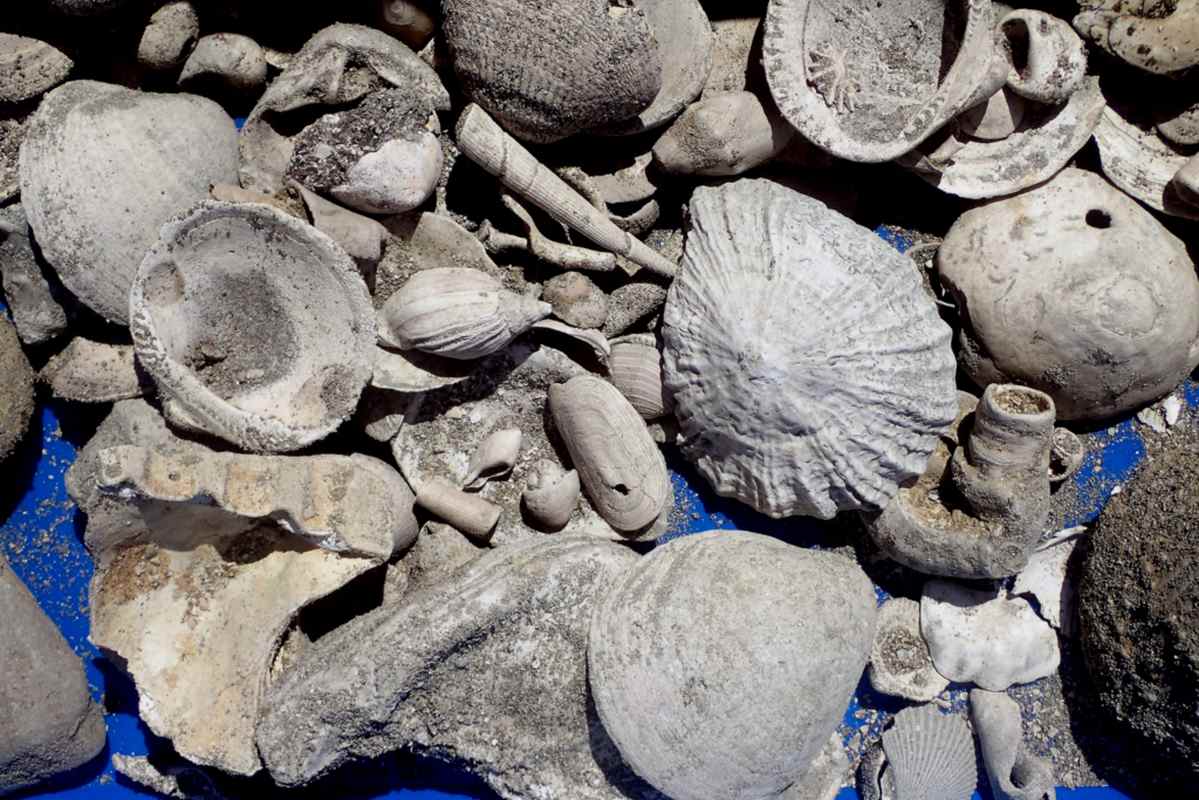
Excavations had begun on two huge vertical shafts for a major upgrade of Auckland’s raw sewage pipeline when the groundworks crew came across something astonishing.
Piercing the threshold of an ancient shell bed filled with sea life, New Zealand paleontologist Bruce Hayward likened it to “finding gold right on your doorstep—a once-in-a-lifetime find.”
300,000 individual lifeforms from 266 species, fossilized 3 million years ago are offering the largest single insight into New Zealand native marine fauna in history, and a new paper released on the subsequent research has identified 10 new species.
182 different mollusks were recorded, including the oldest known member of the genera containing the famous New Zealand flax snail. There is the first fossil record entry for ostrocods—five species no less, also known as ‘seed shrimps’ in New Zealand, and the first appearance of a common coral species as well.
Additionally, great white shark teeth, eagle ray dental plates, a sperm whale tooth, and saw shark bones were also part of the haul.
Watercare, the excavation company digging the pipeline, was apparently all too happy to help the paleontologists pull out as many of the ancient shells as could be found: dumping the prehistoric screenshot in a sandy heap in a nearby field.
The company also funded two paleontology graduate students to do the grunt work of sifting through the sand, locating, cleaning, and sorting specimens.
OTHER PALEONTOLOGY NEWS: 500 Million-Year-Old Jellyfish–Oldest Ever Found–May Have Swallowed Prey Whole
Working under the supervision of Auckland Museum curator Dr. Wilma Blom, it took weeks to finish the job.
“Detailed identification of the fossils shows that they were deposited between 3 and 3.7 million years ago in a subtidal channel in an early version of the modern Manukau Harbor,” said Dr. Hayward.
MORE FOSSIL DISCOVERIES: Spectacular Fossils Discovered from Prehistoric Rainforest Reveal Intimate Details From 11 Million Years Ago
“At that time, sea level was slightly higher than it is today as the world was also several degrees warmer than now. As a result, the fossils include a number of subtropical species, whose relatives today live in the warmer waters around the Kermadec and Norfolk islands. At least ten previously unknown species are present and will be described and named in future work.”
Hayward added that this ancient marine channel brought sea creatures and their remains together from both tropical waters and colder climes.
SHARE This Fantastic Collection Of Prehistoric Sea Life With Your Friends…




















